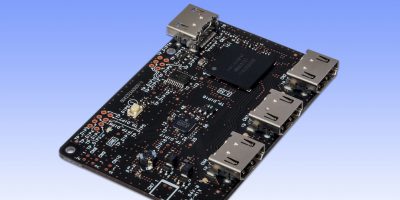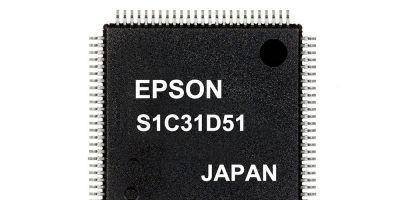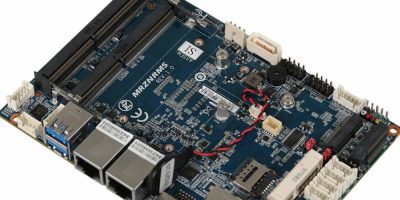Based on its HDMI controller IC, the cecTalker HDMI module is designed to integrate HDMI-equipped devices, says Socionext.
The module connects, controls and links devices that have HDMI terminals, such as audio and video equipment.
It uses CEC (Consumer Electronics Control), a communication standard of HDMI to connect devices via HDMI cables. Users can integrate HDMI- compliant devices, even if they originated from different manufacturers and without the standard linkage functionalities. cecTalker can be used for PCs and supports development platforms such as Raspberry Pi, Arduino and SPRESENSE. The cecTalker module will be certified to the HDMI standard and can be used either in standalone mode or built into other products with added features and applications.
Applications include connecting audio and video equipment with smart appliances, building home IoT systems, and using video streaming services, medical imaging and industrial applications.
The cecTalker family includes the HDMI model with HDMI input and output terminals, and the V-by-One model with the added V-by-One and HDMI conversion functionality.
Both require a 5V/1A input.
Both models are currently being delivered as samples. Volume production and shipping are scheduled to start in January 2021.
Socionext designs, develops and delivers SoC solutions to customers worldwide. The company is focused on technologies that drive todayʼs leading-edge applications in consumer, automotive and industrial markets. Socionext has an extensive IP portfolio.
The company was founded in 2015 and is headquartered in Yokohama, Japan. It has offices in Japan, Asia, United States and Europe to lead its product development and sales activities.







